1. Explosive Growth: 139.1% Surge in Half a Year
China’s fitness market is entering a new phase of segmentation, with specialized gym formats emerging to meet diverse consumer needs. Among these, “iron gyms” (strength training gyms) — venues focused on strength training and equipped with full ranges of resistance machines and free weights — have rapidly gained popularity among urban fitness enthusiasts.
According to data compiled by Trinity Fitness Data Center , the number of iron gyms in China grew from 603 in 2024 to 1,442 in the first half of 2025, marking a 139.1% increase in just six months. This explosive growth reflects several broader trends:
Deep market segmentation: Fitness demand is becoming more specialized. Just as beginners prefer group classes or flexible monthly memberships, and swimmers gravitate toward gyms with large pools, iron gyms are filling the unmet demand of users focused on strength training.
Rising health awareness: As more consumers recognize the role of physical strength in immunity and long-term health, strength training is increasingly viewed as an essential fitness practice.
Cultural maturity: With social media fitness influencers spreading training knowledge, more people are seeking professional-grade training environments — a need that iron gyms perfectly address.
2. Urban Distribution: Tier-1 and New Tier-1 Cities Lead the Trend
Iron gyms are concentrated in economically developed, densely populated cities. Chengdu leads with 4.16% of the national share, reflecting its openness to new fitness concepts and strong consumer base. Shenzhen (3.54%) and Chongqing (3.47%) follow closely, showcasing rapid growth in professional fitness demand.
Among China’s Tier-1 cities, Beijing (2.01%), Shanghai (1.87%), and Guangzhou (2.01%) maintain steady proportions, indicating a maturing yet unsaturated market. Meanwhile, Hangzhou (2.57%), Wuhan (1.87%), Suzhou (1.80%), and Xi’an (1.66%) demonstrate strong growth potential, signaling the diffusion of fitness consumption from major metropolises to emerging regional hubs.
Cities such as Zhengzhou (0.76%), Dongguan (0.55%), and Foshan (0.49%) currently have lower market shares, suggesting untapped opportunities for future expansion.
This geographic pattern is closely linked to each city’s economic vitality, demographic structure, and real-estate environment. Wealthier cities tend to show higher demand for premium fitness services, while those with younger populations are more receptive to “hardcore” training concepts. The rise of mixed-use commercial complexes also provides ideal venues for such gyms.
3. Operators: Diverse Players Enter the Market
The iron gym boom is being driven by a diverse mix of investors and operators, including:
- Traditional gym chains expanding into niche segments – Major fitness brands are opening dedicated strength gyms or creating “power zones” within their facilities to target specialized audiences. Their established memberships and operational expertise give them a head start.
- Professional coaches and bodybuilders – Many experienced strength coaches are launching boutique gyms, leveraging their expertise and loyal client bases to create authentic, community-driven training spaces.
- Cross-industry investors – Entrepreneurs from unrelated sectors are entering the market, often introducing fresh business models and digital marketing approaches to enhance profitability.
- Community-based gym founders – Some iron gyms originate from local strength-training communities that evolve into independent facilities, characterized by strong camaraderie and high member loyalty.
4. Target Users: Precision Focus on Strength Enthusiasts
Iron gyms cater to a clearly defined audience — dedicated strength-training enthusiasts, typically urban professionals aged 20 to 45, who value professional-grade equipment and ample training space. Rows of heavy-duty machines and racks serve as the “visual magnets” that draw them in.
While the majority of users are male, the number of female strength enthusiasts has been rising rapidly. These consumers are generally well-educated, financially capable, and willing to pay for high-quality training environments.
Psychologically, they prioritize training results over social interaction, pursuing efficiency, focus, and measurable progress. Their brand loyalty is strong — once they trust a gym’s equipment and atmosphere, they tend to remain long-term members and actively promote it among peers.
In terms of consumption behavior, this group shows low price sensitivity but high quality expectations. They have the expertise to distinguish between professional-grade and low-end equipment, making product quality, layout, and atmosphere far more influential than promotional discounts.
Conclusion
The surge of iron gyms in China reflects the country’s fitness market entering a new era of specialization and maturity. The 139% growth within just six months signals robust demand for professional, strength-oriented training environments. For equipment manufacturers, investors, and fitness operators, this emerging trend presents a valuable opportunity to capture a rapidly expanding — and increasingly sophisticated — consumer segment.
Reference: 三体云动数据中心 (Trinity Fitness Data Center)

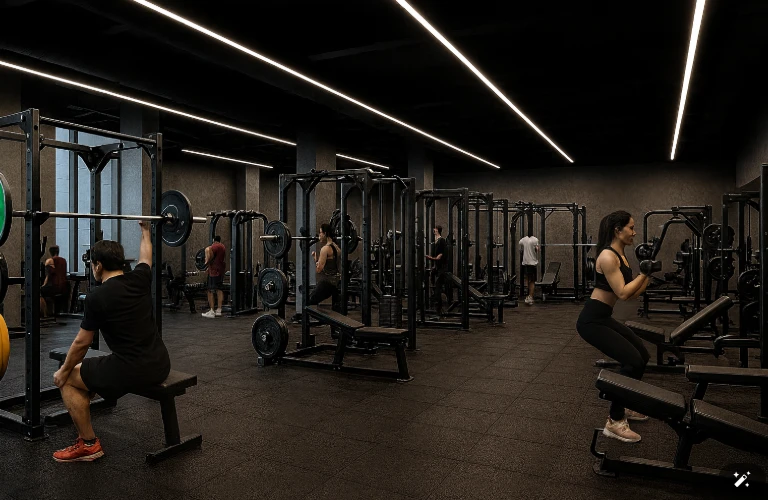

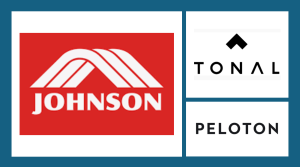
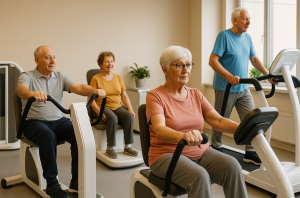

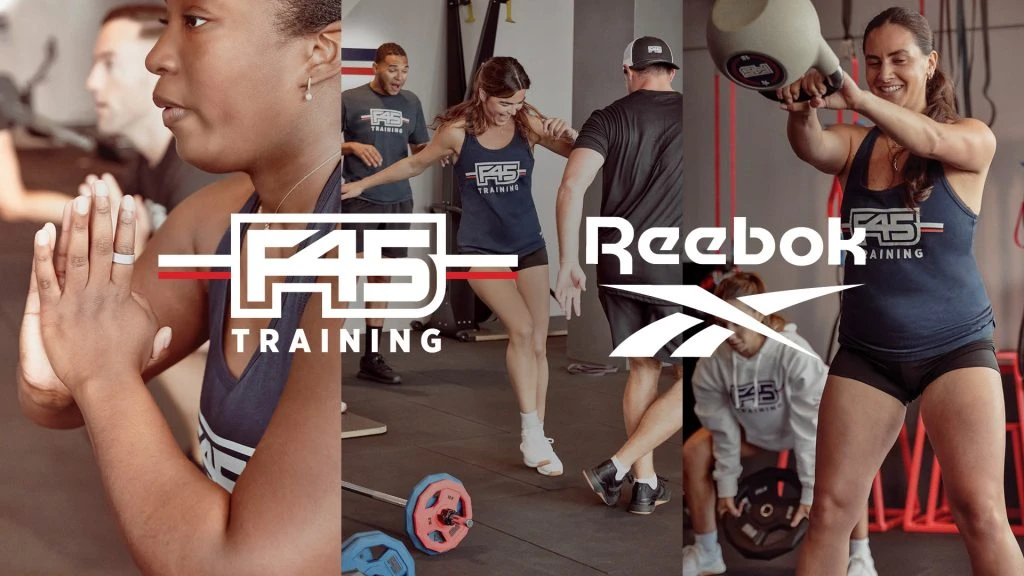



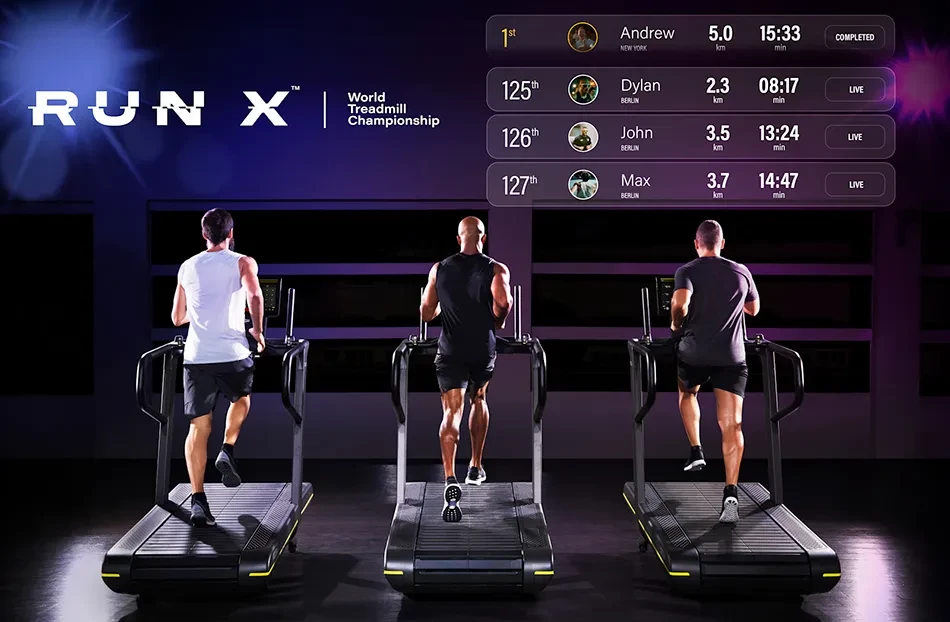
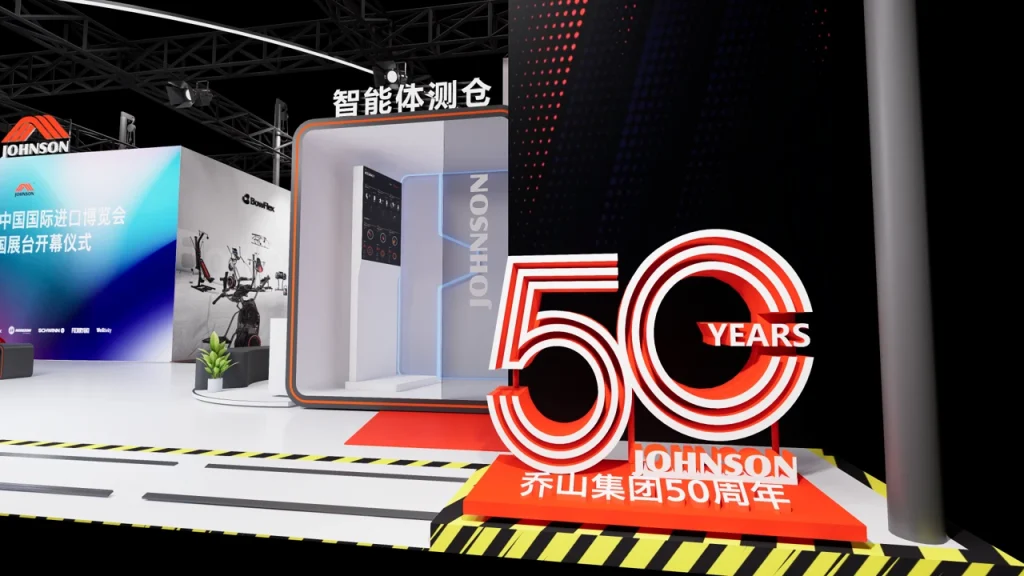




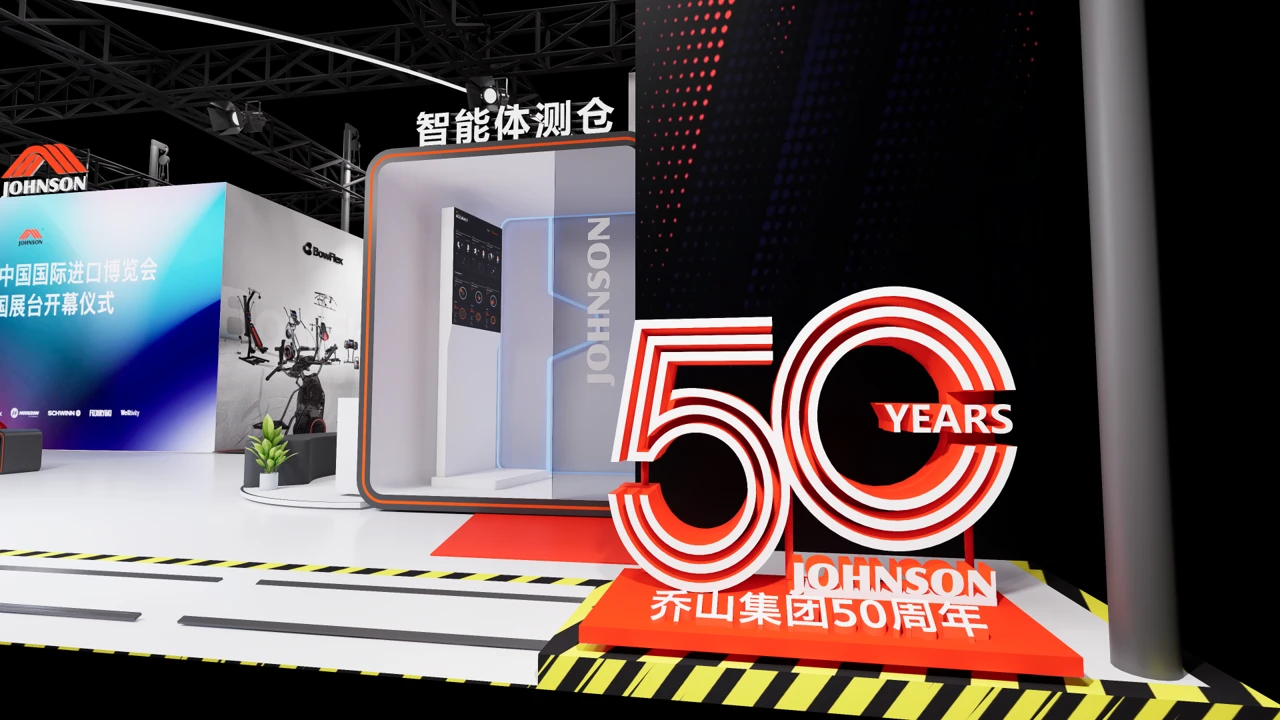
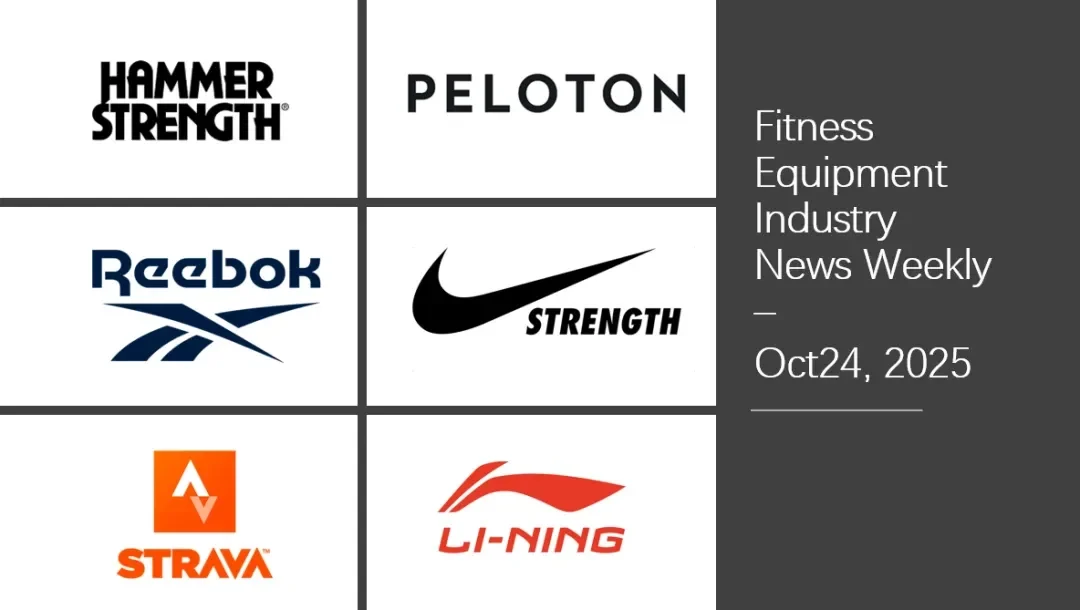
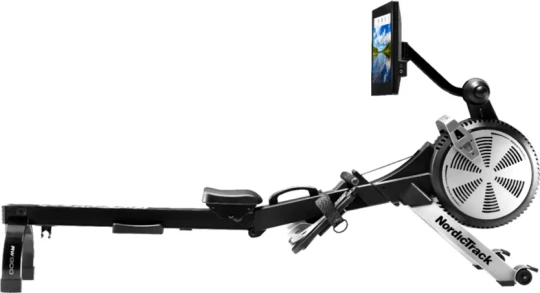
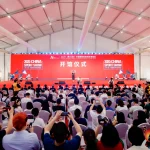



Comments (0)
No comments yet, be the first to comment!